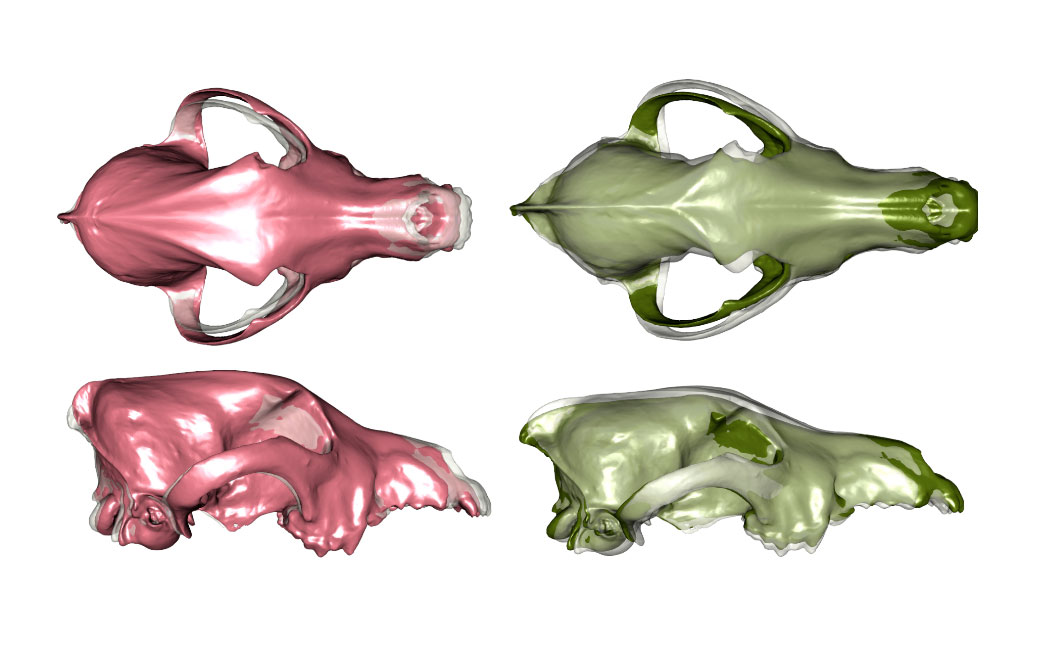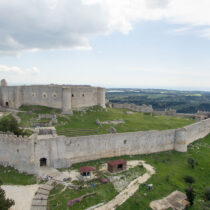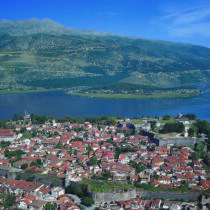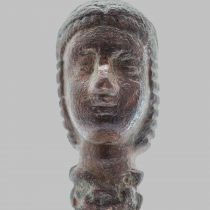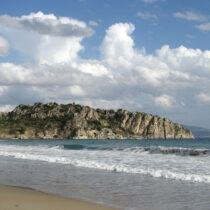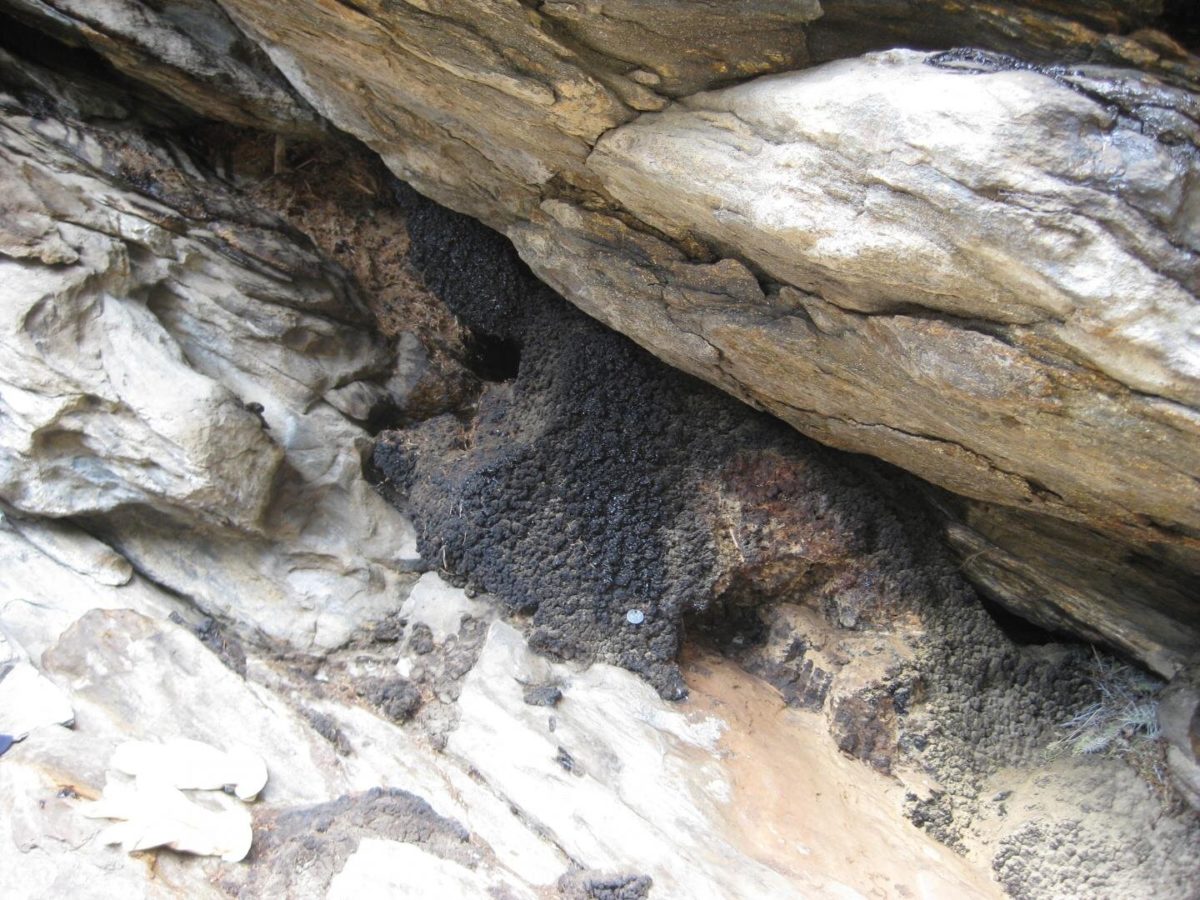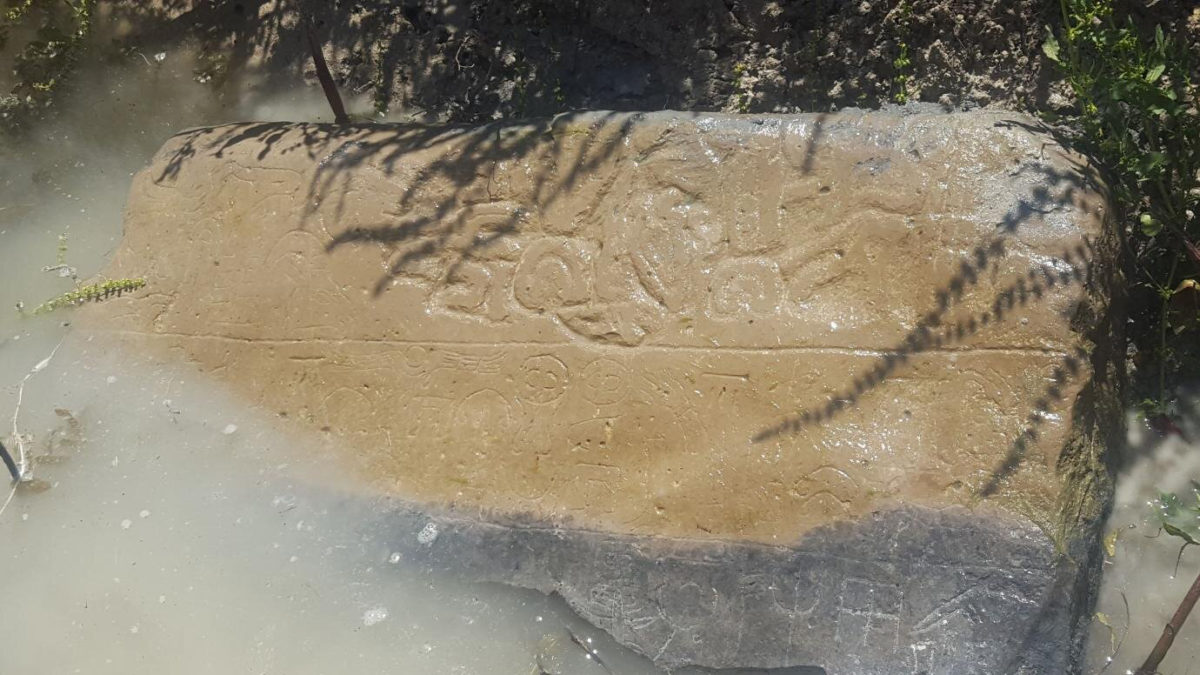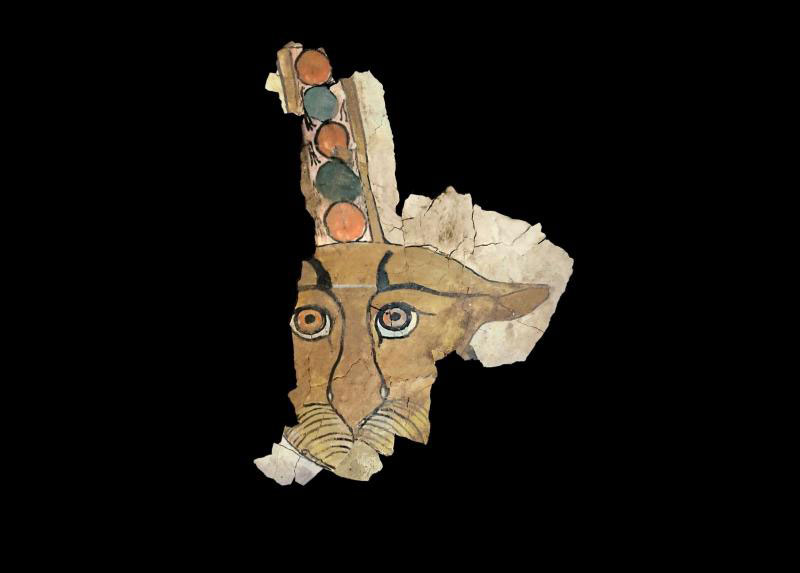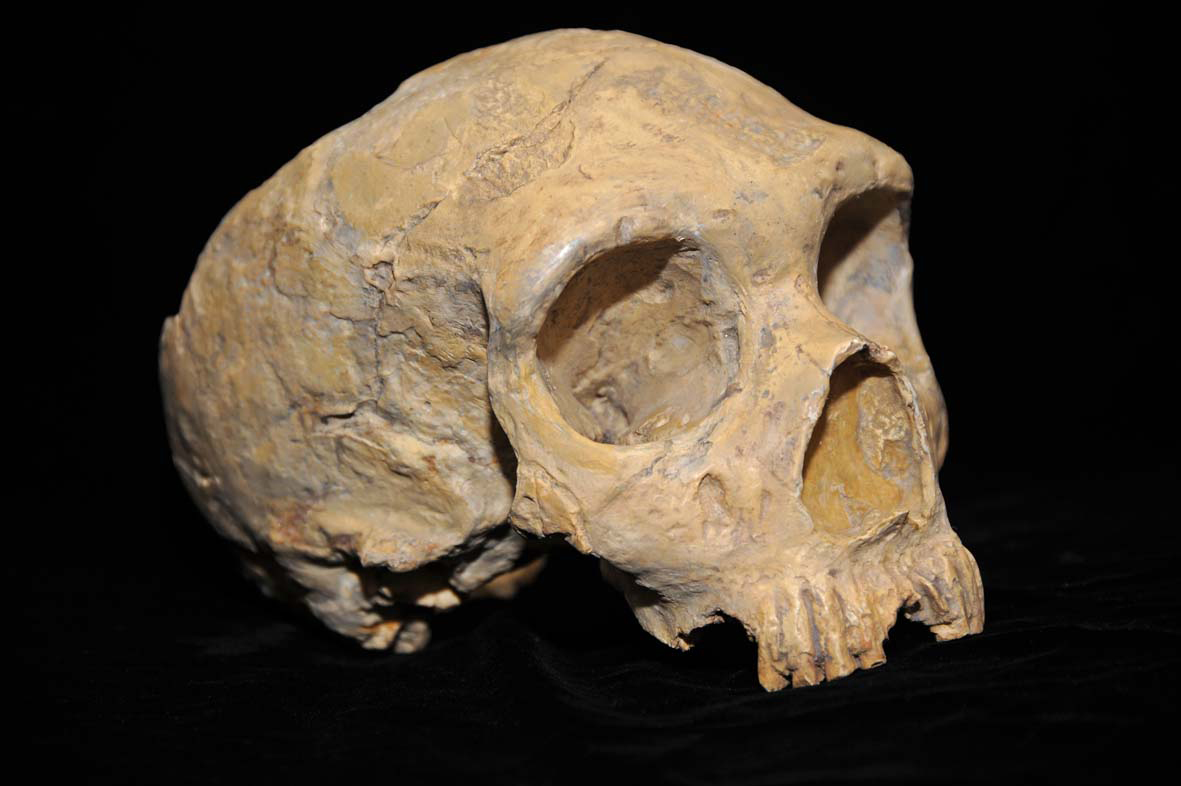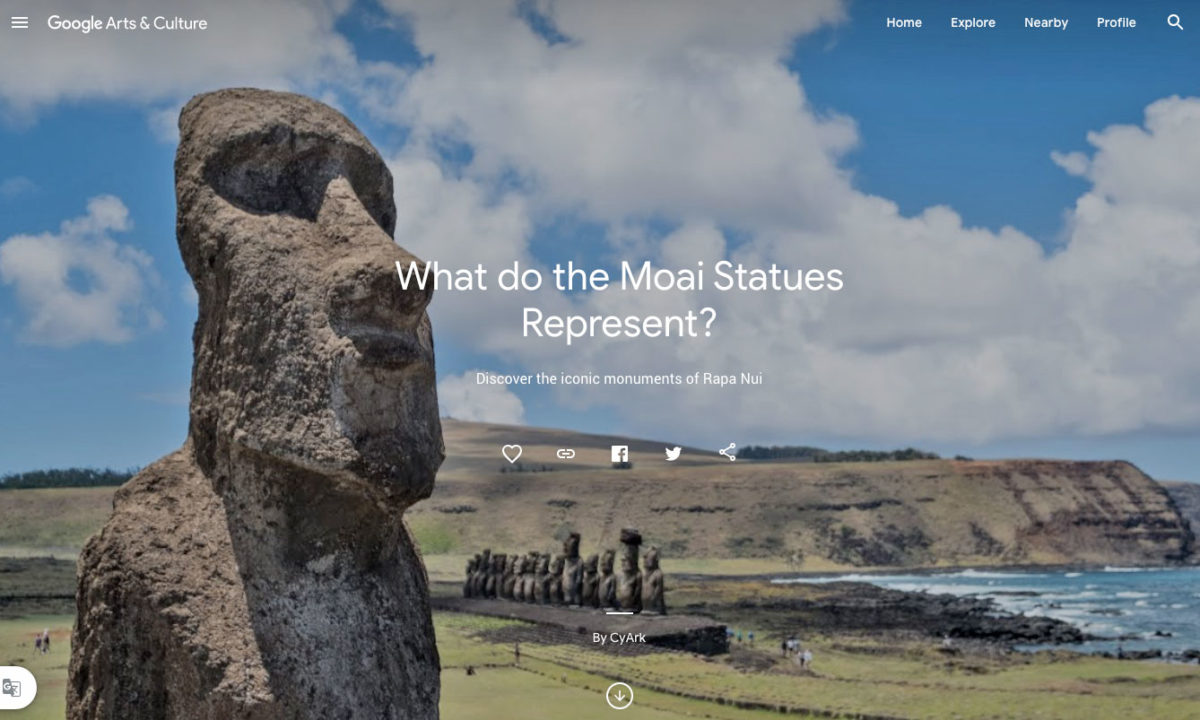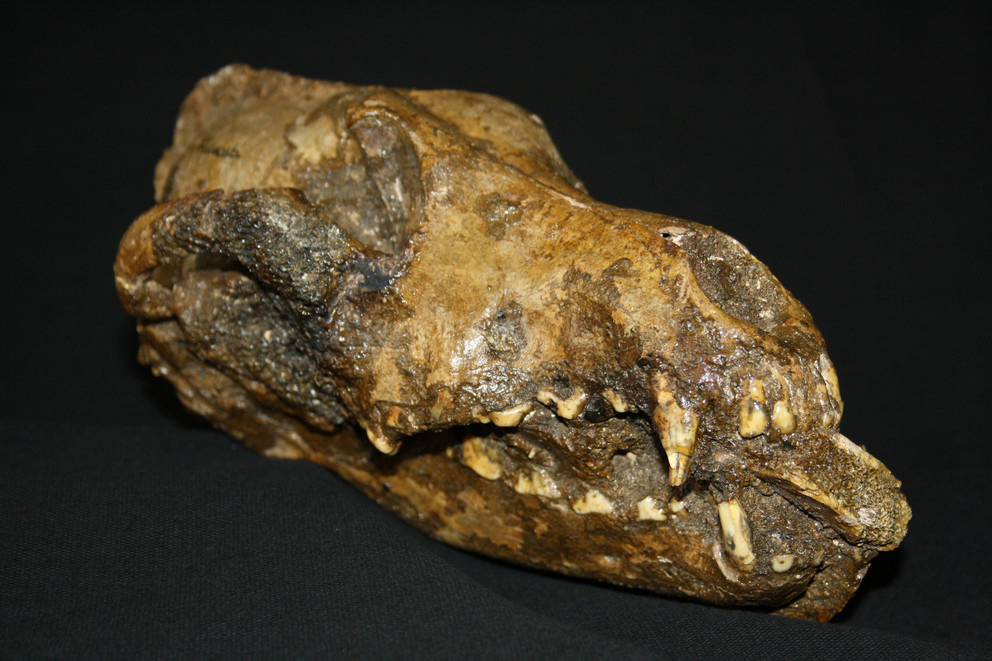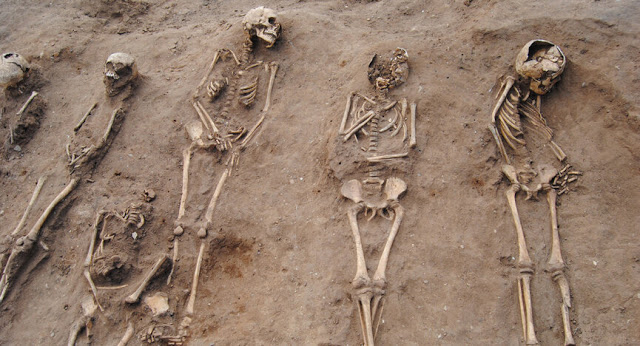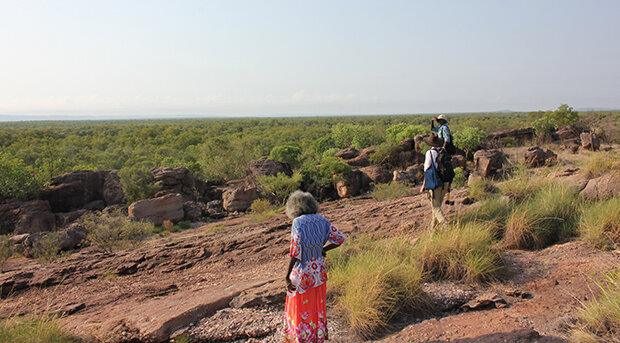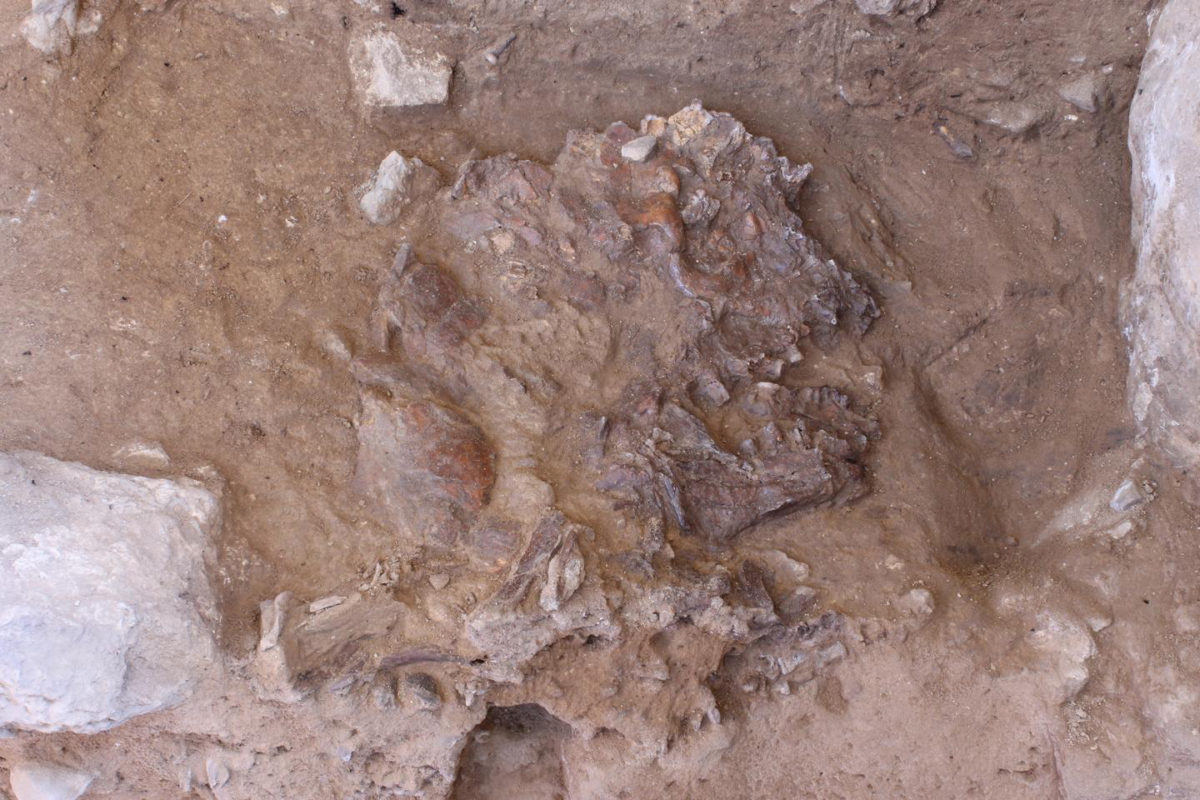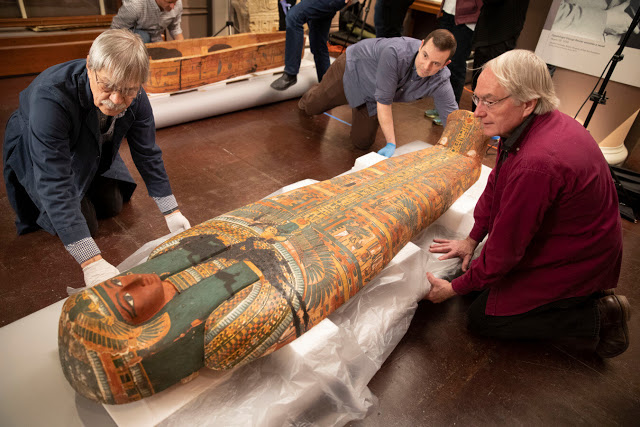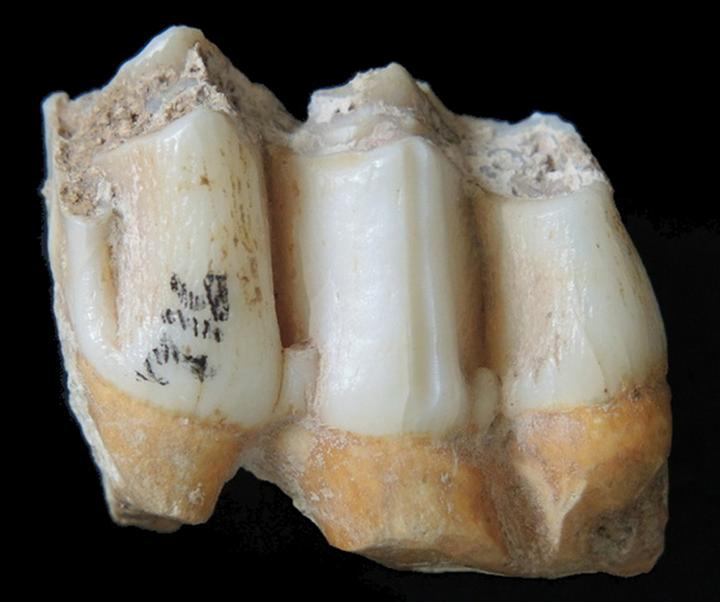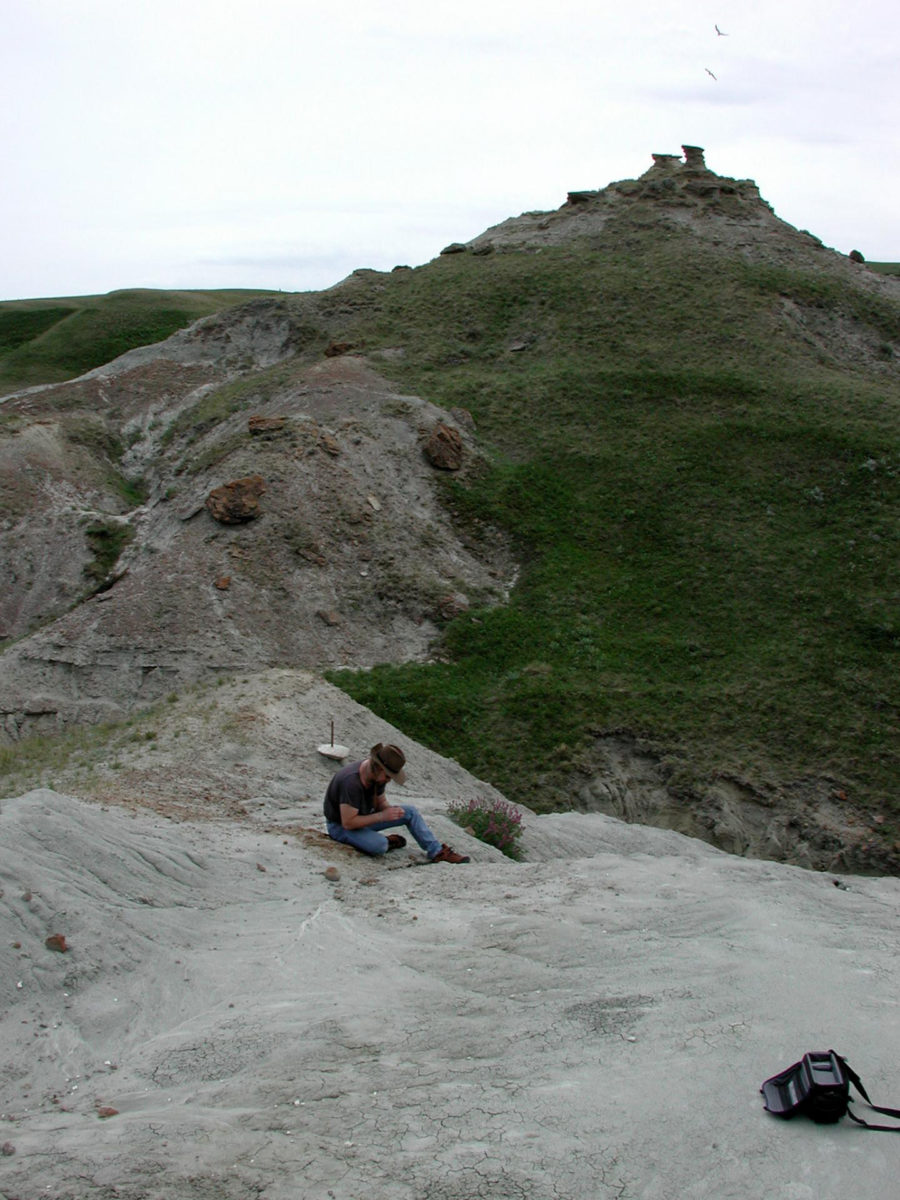Frozen bird turns out to be 46,000-year-old horned lark
Research may explain the evolution of sub species, as well as how the mammoth steppe transformed into tundra, forest and steppe biomes at the end of the last Ice Age.
DNA from ancient packrat nests helps unpack Earth’s past
New work shows how using next-generation DNA sequencing on ancient packrat middens could provide ecological snapshots of Earth’s past.
Lost city found that may have conquered the kingdom of Midas
Archaeologists from the Oriental Institute have discovered a lost ancient kingdom dating to 1400 BC to 600 BC, which may have defeated Phrygia, the kingdom ruled by King Midas, in battle. University of Chicago scholars and students were surveying a site
Fossilized wing gives clues about Labrador’s biodiversity
A fossilised insect wing has led palaeontologists to identify a new hairy cicada species that lived around 100 million years ago.
Leventis Postdoctoral Research Fellowship in Ancient Greek Literature
Its aim is to provide a career development opportunity for someone who is at a relatively early stage of their academic career.
The bridge of Plaka is being “tested” by the Arachthos river in winter
The Plaka bridge on the Arachthos river, the largest single arch bridge in the Balkans, which had collapsed about five years ago, once more joins the Tzoumerka region with the Katsanochoria.
An ancient necropolis reveals its secrets in Aswan, Egypt
It represents the burial place of the people living in Aswan between the mid-7th century. B.C. and the 3rd / 4th century. A.D.
Earliest interbreeding event between ancient human populations discovered
Research untangles millions of years of human evolution by analyzing DNA strands from ancient human species known as hominins.
The Raphael Tapestries return to the Sistine Chapel
For three more days, until 23 February, the Sistine Chapel, the ancient Cappella Magna, will host the key event in the celebrations of Raphael.
Monuments threatened by climate change
An online database has been created by (ICOMOS) in collaboration with Google and the non-profit Organization CyArk for 3D recording and archiving.
Cognitive experiments give a glimpse into the ancient mind
Symbolic behaviour—such as language, account keeping, music, art, and narrative—constitutes a milestone in human cognitive evolution.
Perth Pictish find offers glimpse into Scotland’s warrior past
Archaeologists have carefully recreated images of a figure on a Pictish stone, discovered during the construction of a road in 2017, with the details uncovered offering new insights into Scotland’s warrior past.
Canid fossil study consistent with dog domestication during ice age
Analysis of Paleolithic-era teeth from a 28,500-year-old fossil site in the Czech Republic provides supporting evidence for two groups of canids – one dog-like and the other wolf-like.
Black Death ‘plague pit’ discovered in Lincolnshire
Archaeologists from the University of Sheffield revealed 48 skeletons, many of which were children, at the extremely rare Black Death burial site.
Ancient plant foods discovered in Arnhem Land, Australia
Australia’s first plant foods – eaten by early populations 65,000 years ago – have been discovered in Arnhem Land.
‘Flower burial’ site could unravel mystery of Neanderthal death rites
The first articulated Neanderthal skeleton to come out of the ground for over 20 years has been unearthed at one of the most important sites of mid-20th century archaeology: Shanidar Cave, in the foothills of Iraqi Kurdistan.
Mystery about dinosaur footprints on a cave ceiling solved
The mystery surrounding dinosaur footprints on a cave ceiling in Central Queensland has been solved after more than a half a century.
Seafarers in Ancient Greece
The Ionian University (Corfu, Greece) organizes a two-week summer school (13-25 July 2020), which focuses on various types of seafarers in ancient Greece, from pirates to sailors and colonizers.
Canaanite temple unearthed at Lachish
A team of archaeologists has unearthed a 3,000-year-old Canaanite temple in Tel Lachish National Park, a large Bronze Age-era settlement.
Painting of deity found inside 3,000-year-old Egyptian coffin
Team of Harvard Semitic Museum opened the coffin of Ankh-khonsu, a doorkeeper in the Temple of Amun-Ra, to create a complete digital visual record of it.
Reconstructing the diet of fossil vertebrates
The ratio of special zinc isotopes in dental enamel provides information about the diet of mammals in prehistoric times.
5,200-year-old grains redate trans-Eurasian crop exchange
The exchange of items, ideas, technology, and human genes through Central Asia started almost three millennia before organized trade networks formed.
Banksy “strikes again” with a new work on Saint Valentine’s Day
A personal love letter was sent on St Valentine’s Day by well known street artist Banksy to his home town of Bristol, England.
How did dinosaur parents know when their kids had a fever?
Research team has unlocked a mystery that has stymied researchers for decades: How did dinosaurs regulate their body temperatures?
